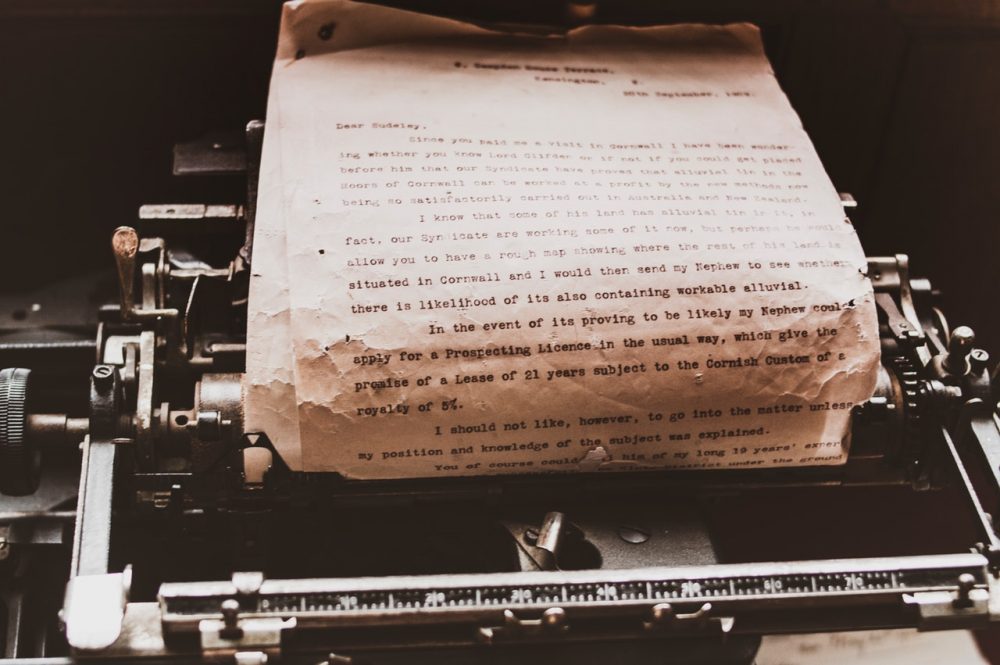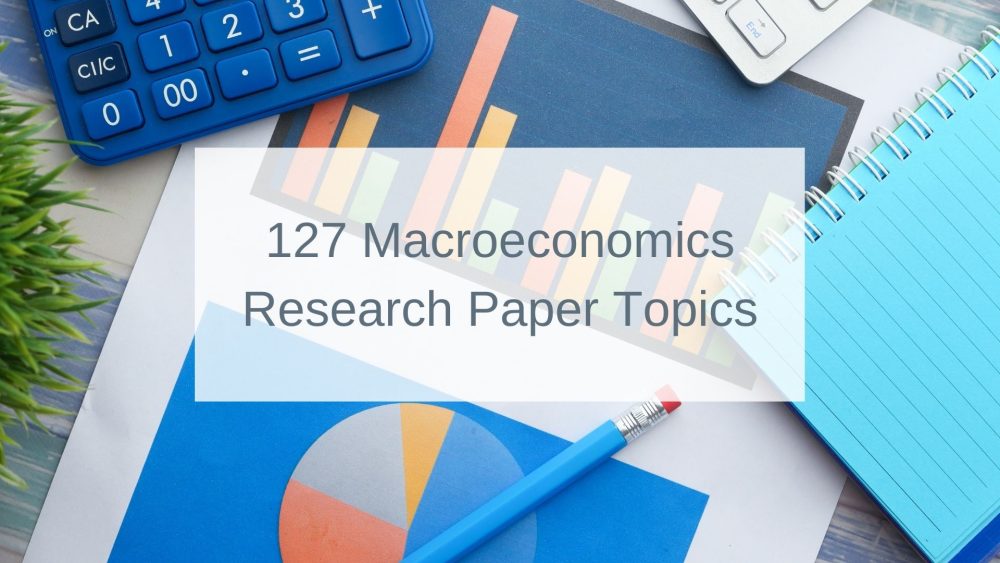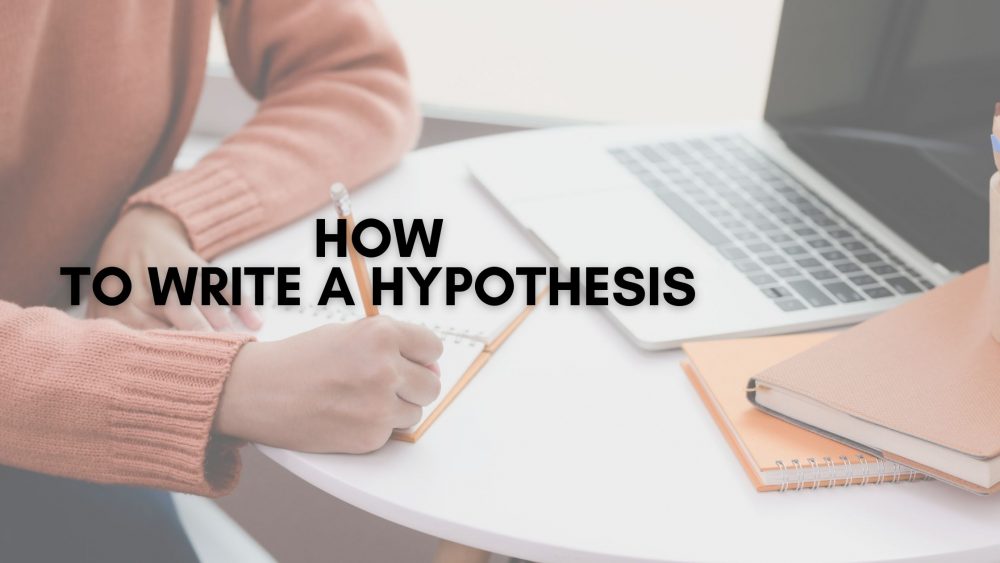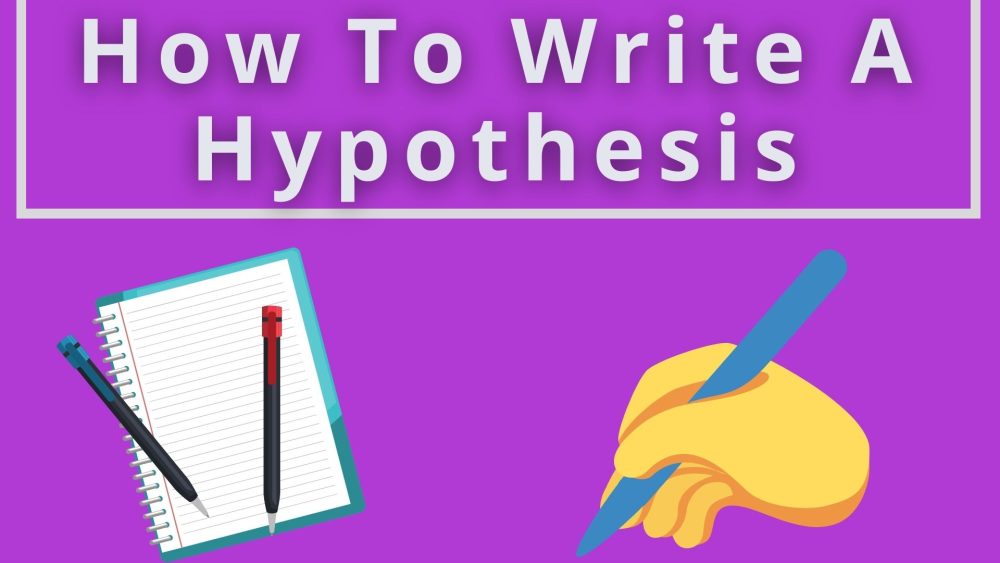Sometimes you look at a publication that you know you ought to read to help you with your research paper and you’re bored at the very idea. It seems so similar to what you’ve already looked at.
An abstract in a paper is a ‘quick-read’ paragraph that sums up a paper. You don’t have to read the entire paper if the abstract isn’t convincing. The abstract’s job is to convince readers that your essay is in fact worth a read and that your results are also relevant.
When you write your abstract of research paper, you make it clear what the reader can expect. With writing an abstract, you can’t write about something in your abstract which isn’t mentioned in your research paper.
What is an Abstract Page?
The abstract page is usually the 2nd page of the paper, coming after the title page. It comes before the Table of Contents and the body of the paper.
You need to consider your abstract very carefully because writing a good abstract is about making a good first impression so that your readers want to continue with the article. Without a compelling abstract, there is that risk that your research paper will be rejected – it’s the reality.
How to Write an Abstract for a Research Paper
For studies in social sciences for instance, the abstract will describe the topic of research and its findings. It should be good to make your readers want to know more about your research. And so it is with a term paper abstract – you have to say in just one paragraph the essence of the entire paper.
Whether you’re writing a research paper or a blog, your readers are looking for something new. What is an abstract idea then but an insight or a new way of viewing old problems, and providing valuable information to readers.
With a scientific paper abstract, it’s no different. For practice, choose a scientific article in your field, read the paper and then try to write an abstract based on what you read. Then compare your abstract to that of the author.
What is an Abstract in Writing?
For starters, it can be tricky trying to fit all the essential points from your entire paper in a paragraph of just 250 words. You need to pick out the major objectives and conclusions from your intro and conclusion.
Try also to choose key sentences from your Methods section and the most important results from the Results section.
The qualities of a good abstract are:
- Concise, impactful, coherent paragraph that can stand alone.
- No new information is found within it.
- An introduction, body and conclusion presents the structure.
- The abstract follows the chronology of the paper.
- The abstract paragraph is connected to the entire research paper.
- Easy, simple and understandable to a wide audience
You can save yourself a lot of trouble by asking for an abstract paper example. By looking at abstract of a paper samples you can get a better idea of how to write an abstract and it’s layout.
A good source of abstract examples is journal articles. You should be able to find journals in your college library or on the web.
When you look at these examples you see they follow the same structure as your paper:
- Structure – content
- Introduction- research question, hypotheses
- Method – methods, study design, statistical analysis
- Results – positive and negative results
- Discussion – interpretation of results, practical implications
How to Write a Paper Abstract
- Start by writing your paper. It may appear odd, but the abstract comes at the beginning of your paper but it’s the last portion you actually write.
-
Keep your abstract short – 150 to 250 words.
-
Structure your abstract as you would your paper. Introduction, Method, Results and Discussion. Check out other abstracts in professional journals to see the main points selected for the abstract.
-
Edit your abstract – that it is cohesive and meets the word count.
When do you Need an Abstract?
- For submission of articles to journals.
- For submission of proposals for conference papers.
- When applying for a research grant.
Abstract writing isn’t written the same as the rest of a research paper. There are some things you should avoid in it:
- jargon and slang
- abbreviations
- tables and images
- information that isn’t found in the research paper
- references
What is an Abstract in a Paper?
An abstract is a short, quick-read overview of your essay. Most academic transactions are conducted online, and there is increased competition in terms of other abstracts to read. An Abstract in a paper has to convince readers to keep reading, so you need to spend time to create an abstract that captivates your readers.
An informative abstract answers questions such as why did you do this project and what did you find?
What is an abstract in a research paper?
You may be asked to include an abstract with your research paper which will allow you to elaborate on each of the important aspects of the paper. Enough key information needs to be included to allow someone to decide if they want to examine your work.
It is usual to place your research paper abstract at the beginning. Experts recommend it being between the title page and the table of contents.
There are different types of abstracts:
- critical – provides judgement about the paper’s validity
- descriptive – describes the work but doesn’t compare it to other ‘same-topic’ papers
- informative – this is the most common type of abstract where the researcher present the main arguments. Informative abstracts include conclusions of the research and recommendations of the author.
Conclusion
With writing an essay, you want to convince people that your academic paper is worth reading. A mesmerizing abstract is imperative – its an invite to analyze your manuscript, and if it’s not compelling, your paper is a lost cause.
Your abstract provides the scope of a study so that people in the field can decide whether to review your manuscript or not.
You can safely say that a well-written abstract is crucial to improving your chances of publication success.







